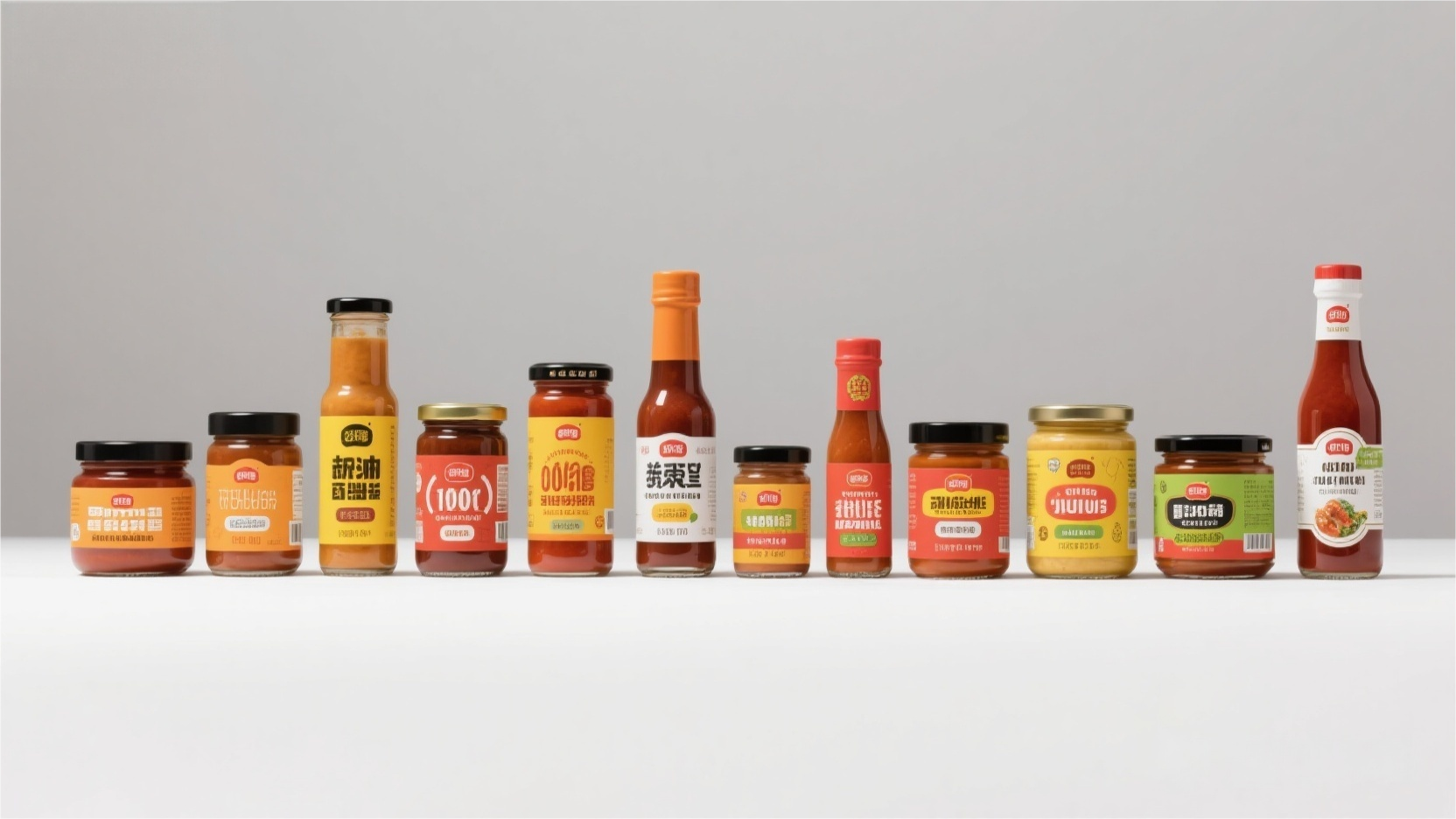Sauce Packaging Solution

Sauce Packaging Solution: Bottle and Bag – Choosing the Perfect Packaging for Your Sauce Brand
In today’s competitive food market, the packaging of sauces plays a pivotal role not only in preserving product quality but also in shaping brand image, enhancing user experience, and meeting sustainability goals. Whether you’re a manufacturer, retailer, or foodservice provider, selecting the right sauce packaging solution—be it bottles or bags—can significantly impact your product’s success. This article dives deep into the pros and cons of bottle and bag packaging for sauces, helping you make an informed decision that aligns with your brand’s vision, cost structure, and customer expectations.
Why Sauce Packaging Matters
Sauce packaging is more than just a container; it’s a critical component that protects the product, extends shelf life, and influences consumer purchasing decisions. With evolving consumer preferences towards convenience and sustainability, innovative packaging solutions like stand-up pouches with spouts are gaining popularity alongside traditional glass and plastic bottles.
By understanding the unique benefits and limitations of bottle and bag sauce packaging solutions, brands can optimize product freshness, reduce costs, and enhance market competitiveness.
Understanding Sauce Packaging Options: Bottles vs. Bags
1. Bottles: The Classic Sauce Packaging Solution
Bottles, available in glass or plastic, have been the go-to packaging for sauces like ketchup, salad dressings, and soy sauce for decades.
Advantages of Bottle Packaging:
Premium Feel and Brand Image: Glass bottles especially convey a high-end, organic, and reusable appeal that resonates with health-conscious consumers.
Strong Sealing: Bottles provide excellent oxygen barriers, keeping oxygen-sensitive sauces like vinegar or nut butter fresher for longer.
Shelf and Display Friendly: Standardized bottle shapes fit well on retail shelves, making them ideal for supermarket distribution.
Disadvantages of Bottle Packaging:
Higher Production and Logistics Costs: Glass bottles are energy-intensive to produce and fragile during transport, while plastic bottles face criticism over environmental sustainability.
User Convenience Issues: Bottles can be cumbersome to squeeze, often leaving residual sauce inside, and are less portable compared to flexible bags.
Design Limitations: Limited printing space on labels restricts creative branding opportunities.
Ideal Use Cases: Bottles are best suited for premium sauces, gift packaging, or fermented condiments requiring long shelf life and a sophisticated look.
2. Sauce Packaging Bags: Flexible, Innovative, and Eco-Friendly
Flexible packaging bags, particularly stand-up pouches with spouts, are revolutionizing sauce packaging by combining convenience with environmental benefits.
Advantages of Sauce Packaging Bags:
Cost Efficiency: Pouches are 60% to 80% lighter than bottles, significantly reducing logistics and storage costs by up to 40%.
User Convenience: Spouted pouches allow precise pouring, resealing, and save kitchen space with their upright design.
Environmental Benefits: Many pouches use recyclable PE/PP composite films, cutting plastic use by over 75%.
Branding Flexibility: Full-surface, high-definition printing and customizable shapes enable eye-catching designs that boost shelf appeal.
Disadvantages of Sauce Packaging Bags:
Viscosity Limitations: Thick sauces like peanut butter may require specialized wide-mouth pouches or alternative packaging.
Initial Investment: High mold and tooling costs can be a barrier for small batch orders.
Ideal Use Cases: Flexible pouches suit fast-moving consumer goods, eco-conscious brands, and startups aiming for innovative, sustainable packaging.
3. Disposable Sauce Packaging: Low-Cost and Efficient for Bulk Use
Disposable sauce sachets and small bags are widely used in the foodservice industry, especially for takeout, airline meals, and fast food.
Advantages:
Ultra-Low Cost: Single sachets can cost as little as 0.1 yuan, ideal for promotional or trial packs.
Portability and Hygiene: Individually sealed packs prevent contamination and are easy to carry.
Disadvantages:
Environmental Concerns: Most sachets use non-recyclable composite films, contributing to plastic waste.
Limited Branding Space: Small size restricts design and brand storytelling.
Ideal Use Cases: Bulk catering supplies, promotional giveaways, and brands with tight cost constraints.
Key Factors to Consider When Choosing Sauce Packaging
Selecting the best sauce packaging solution requires a balance of product characteristics, target audience, and cost considerations.
Factor | Considerations |
|---|---|
Product Viscosity | Thin, fluid sauces suit spout pouches; thick sauces may need bottles or reinforced pouches. |
Target Customer | Eco-conscious younger consumers prefer pouches; premium buyers may favor glass bottles. |
Cost Structure | Sachets for low-margin, high-volume; pouches for mid-tier; bottles for premium, high-margin. |
Shelf Life Needs | Oxygen-sensitive sauces benefit from glass bottles or high-barrier pouches. |
Branding & Design | Pouches offer more creative freedom; bottles offer tactile premium feel. |
Sustainability | Recyclable pouches and glass bottles align with green initiatives; plastic bottles less so. |
Ready to transform your sauce packaging? Explore innovative bottles and flexible pouch solutions to make your product stand out on shelves and win over discerning consumers. Contact us today to customize your sauce packaging and gain a market advantage!


